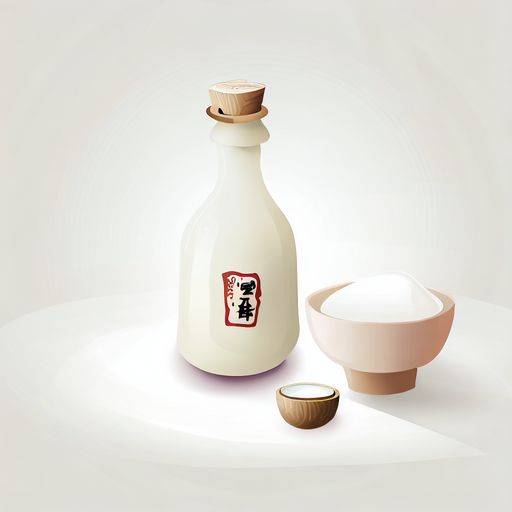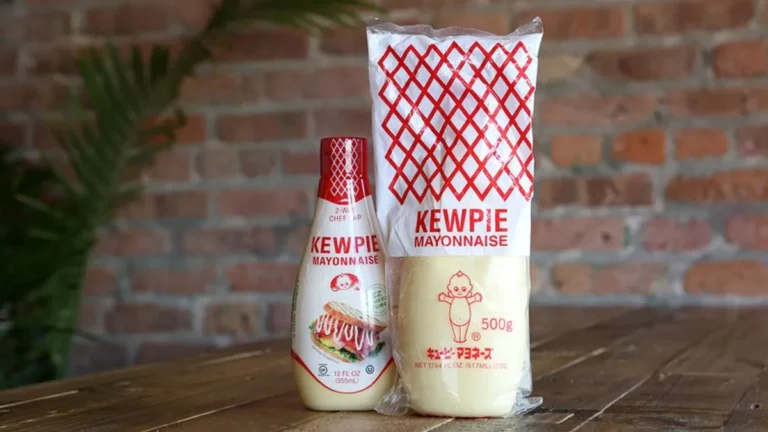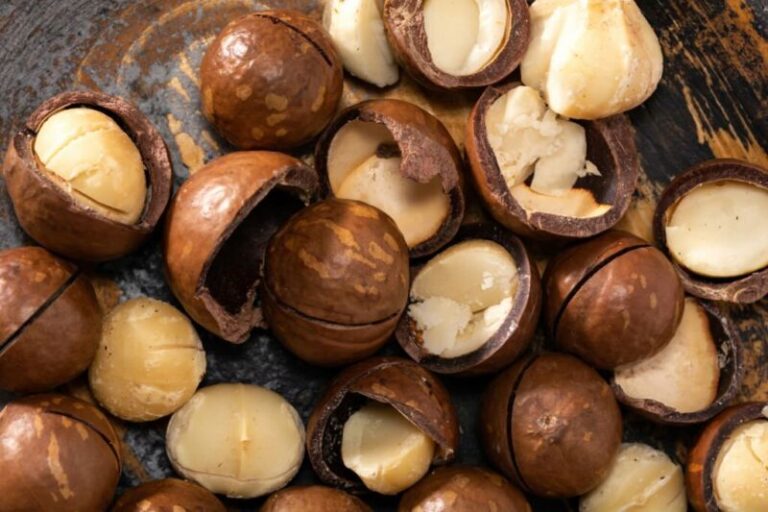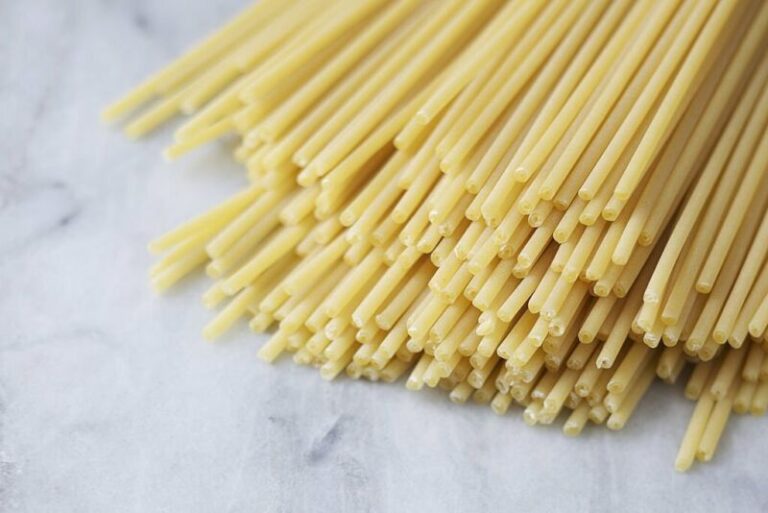The 10 Best Sake Substitutes for Cooking
Sake is a staple ingredient in many Japanese dishes. The unique flavor of this rice wine adds depth and umami to foods like teriyaki, dipping sauces, and more. However, sake can be difficult to find depending on where you live. Luckily, there are several great sake substitutes that you can use for cooking.
Why Find a Sake Substitute?
Sake brings a light sweetness and subtle fruitiness to recipes. It also contains alcohol, which can help extract flavors from other ingredients. When cooking Japanese cuisine at home, it’s not always possible to get authentic sake.
Here are some reasons you may need a sake alternative:
- Sake isn’t available locally. Due to regulations, sake can be hard to find outside of cities with specialty liquor stores.
- You want to avoid alcohol. Sake contains roughly 15% ABV. Substitutes like mirin have minimal alcohol.
- You don’t want to buy a whole bottle. Sake has a short shelf life after opening. Substitutes let you use small amounts.
- You’re looking for a different flavor. While not exactly the same, substitutes like Chinese wine or vermouth offer new tastes.
Best Sake Substitute Options
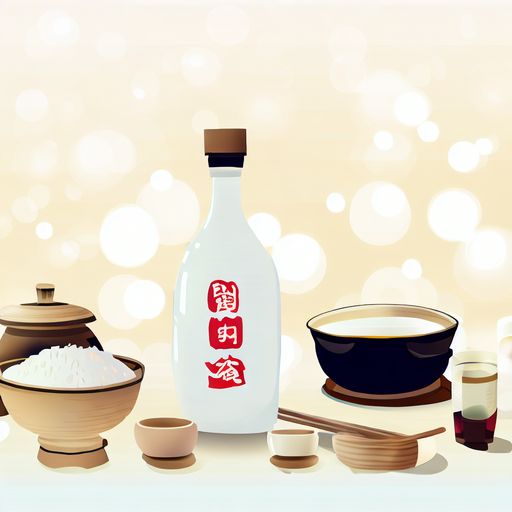
Here are the top replacements for sake in cooking and recipes:
Mirin
Mirin is the most direct sake substitute. It’s a Japanese rice wine like sake, but with a lower alcohol content and more sugar.
Mirin offers a good balance of sweetness and acidity. It contains about 14% alcohol compared to sake’s 15-20%. The sweet flavor comes from added glucose syrup or shochu liquor.
Use mirin anywhere you would use sake:
- Marinades and glazes for meat or fish
- Dipping sauces like teriyaki
- Soups like miso soup
- Stir fry dishes
Mirin is easy to find in the Asian foods aisle of major supermarkets. Refrigerate after opening.
White Wine
In a pinch, white wine like chardonnay or pinot grigio can work instead of sake. The light fruitiness approximates the flavor.
However, white wine doesn’t have the umami depth of sake. It may make certain dishes taste too tart or acidic.
Consider white wine when making:
- Lighter sauces and glazes
- Seafood recipes
- Dipping sauces
Add a bit of sugar or mirin to balance the acidity. Keep sauce consistency in mind, as white wine reduces faster than sake.
Chinese Shaoxing Wine
Another great rice wine substitute is Shaoxing wine from China. This amber colored wine has an intensely aromatic, almost sherry-like flavor.
Shaoxing wine adds a richness and depth to any dish. Use it when stir-frying meat or seafood, making dipping sauces, or braising meat. Shaoxing wine brings out umami flavors in the same way as sake.
Chinese markets and some liquor stores sell Shaoxing wine. The cooking versions have a reduced sodium content.
Dry Sherry
Dry sherry makes an excellent sake replacement. Fino and manzanilla sherries work best.
This Spanish fortified wine has flavors like yeast, nuts, and oak. With an ABV of 15-17%, it approximates the alcohol content of sake.
Use dry sherry when making:
- Teriyaki or yakitori chicken
- Seafood recipes
- Dipping sauces
- Stir fries
Dry sherry imparts a rich, nutty flavor to any dish. Find it with the fortified wines at liquor stores.
White Vermouth
White vermouth is an aromatized wine infused with herbs and spices. It makes a unique substitute for sake in cooking.
The herbaceous flavors pair especially well with Japanese-inspired recipes:
- Seafood like squid or octopus
- Meatballs or meatloaf
- Salad dressings and marinades
Vermouth ranges from 16-18% ABV. Because it’s dry, add a bit of sugar when using it to cook. Opt for flavors like dolin or noilly prat. Find vermouth with other aperitifs and fortified wines.
Rice Vinegar
Rice vinegar makes a tasty sake alternative in dipping sauces and dressings. It has a mild, sweet flavor that isn’t overly acidic.
Seasoned rice vinegar works best. Avoid black or red rice vinegar, which have stronger flavors.
Rice vinegar shines in:
- Salad dressings and slaws
- Quick dipping sauces
- Pickled vegetables
You may need to balance the acidity with a touch of sugar. Find rice vinegar in major supermarkets, sometimes labelled as rice wine vinegar.
Non-Alcoholic Sake Substitutes
If you want to completely avoid alcohol, try these substitutes:
Balsamic Vinegar
Balsamic vinegar makes a good sake swap, especially in glazes and sauces. The sweet tartness approximates the flavor well.
Be sure to use a good quality, properly aged balsamic. You want a thickness and rich flavor similar to sake.
Use balsamic vinegars in:
- Glazes for meat
- Sauces
- Dressings and dips
The viscosity of balsamic vinegar also helps replicate the mouthfeel of sake.
White Grape Juice
For a kid-friendly sake alternative, use white grape juice. It has a mild sweetness and low acidity.
White grape juice works for:
- Sweetening dipping sauces
- Deglazing pans
- Adding fruity flavor to marinades
Look for all-natural juice without added sugars. Refrigerate white grape juice after opening.
Apple Cider
Apple cider makes a nice fermented, fruit-forward sake substitute. It won’t mimic the flavor exactly, but does add light sweetness and acidity.
Consider apple cider when making:
- Fall or winter soups and stews
- Fruit-based sauces and glazes
- Beets or cabbage recipes
Opt for fresh, unfiltered apple cider. Adding a splash of vinegar or lemon juice can provide more complexity.
Distilled White Vinegar
Distilled white vinegar has a clean, bright flavor. The mild acidity makes it a cooking-friendly replacement for sake.
Try white vinegar in:
- Pickling brines
- Salad dressings
- Poached fish
- Vegetable dishes
Because it’s less sweet than sake, add a bit of sugar when cooking. Find distilled white vinegar with other vinegars in the pantry aisle.
How to Choose the Best Substitute
With so many options, it can be tricky to decide which sake substitute to use. Here are some tips:
- Consider the recipe. Delicate dishes like salad dressings or seafood do best with mild swaps like rice vinegar or white wine. Heartier recipes can handle stronger flavors like Shaoxing wine or balsamic.
- Mind the alcohol content. If you want to avoid alcohol, stick to non-fermented swaps like juice or vinegar. For others, look for similar ABV to sake.
- Adjust sweetness if needed. Since sake has natural sweetness, you may need to add sugar to drier swaps like distilled vinegar.
- Try small amounts first. When using a new sake substitute, taste a bit before adding it to the full recipe. This lets you gauge the flavor.
- Refrigerate after opening. Fermented swaps like mirin and Shaoxing wine last longer in the fridge.
Cook Authentic Japanese Food with a Sake Substitute
While nothing perfectly mimics the taste of sake, these substitutes come close. You can craft delicious Japanese recipes and dipping sauces with alternatives you likely have on hand.
Be bold and experiment with new flavors from different cuisines. A Chinese or Spanish wine can bring an exciting twist to traditional Japanese dishes. With so many options, you can cook amazing food even without real sake.
